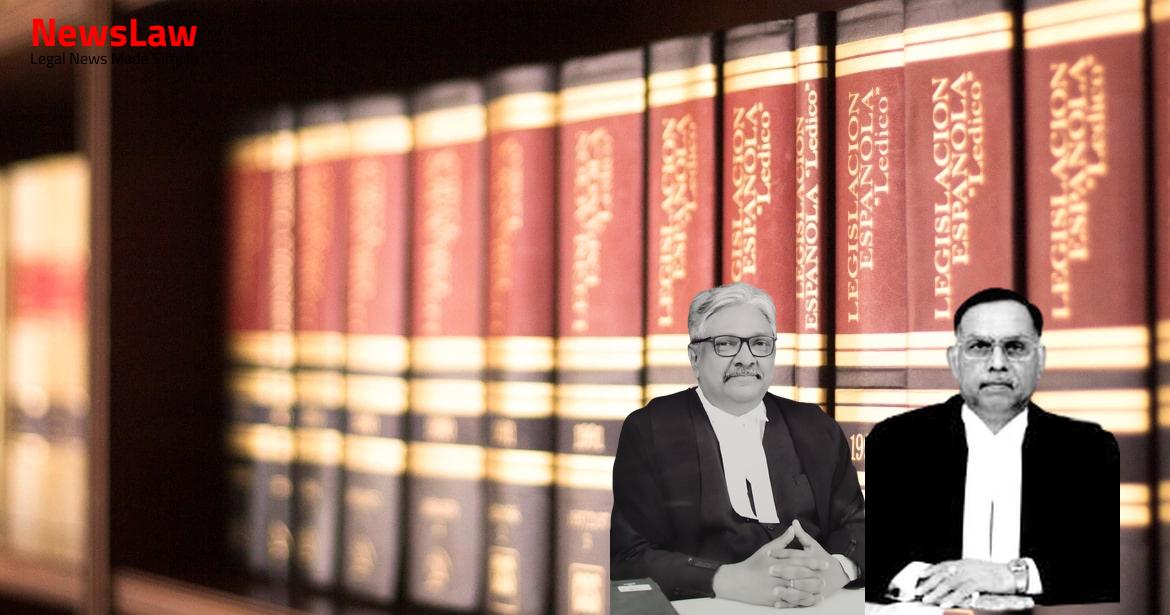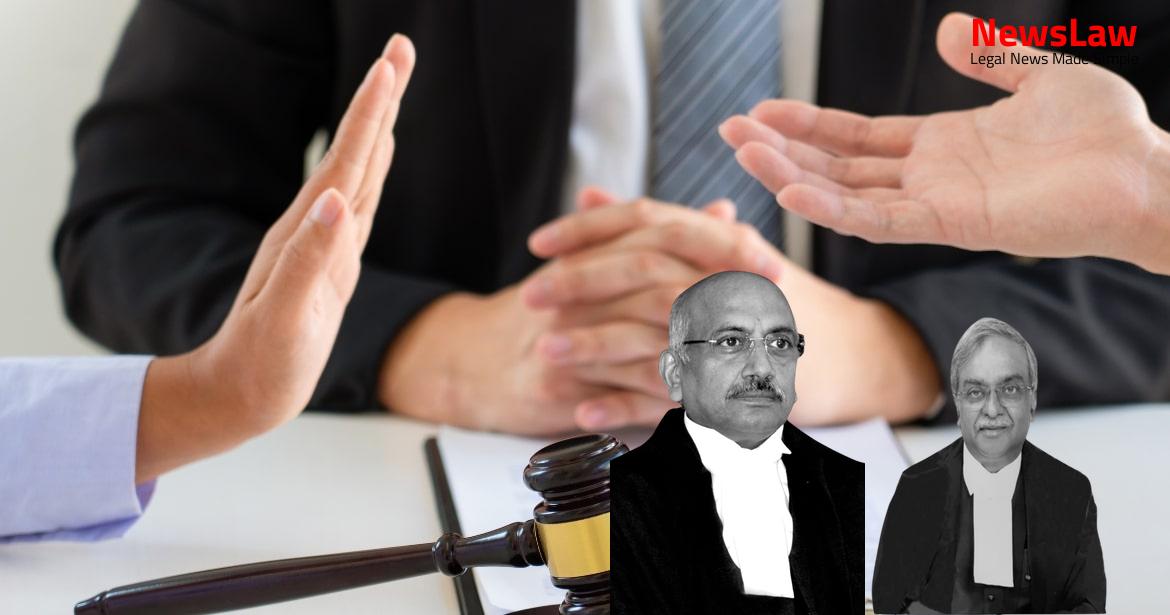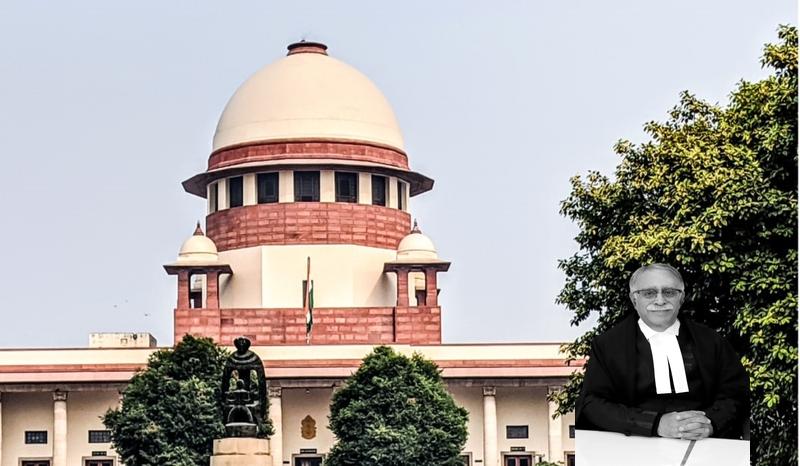In a landmark decision by the Supreme Court of India, the conviction of individuals involved in the murder of Raj Keshwar Singh has been upheld. Despite challenges raised by the defense, the court found the prosecution’s case compelling and supported by substantial evidence. This ruling marks a significant step towards justice for the victim, Raj Keshwar Singh. The details of the case and the court’s decision shed light on the intricacies of legal proceedings and the importance of a fair trial.
Facts
- Raj Keshwar Singh opened fire but no injuries were inflicted.
- Informant Raj Ballam Rai gave a fardbeyan to police officials.
- First Information Report was registered against 05 accused based on the fardbeyan.
- One defense witness, Dasrath Ram, brought an employee register as evidence.
- The trial court convicted 04 accused, one of whom died during the trial.
- Mukhiya Shio Shankar Dubey ordered to hurry the killing of Raj Keshwar Singh.
- Seizure of applications from deceased was made at the spot.
- Inquest Report and Post Mortem were prepared.
- Accused fled away after the incident.
- Appeal filed by three appellants challenging High Court judgement.
- Accused were armed with weapons during the incident.
- Body of Raj Keshwar Singh was sent for post mortem.
Also Read: Entitlement to Back Wages: Upholding Justice
Arguments
- The Courts below erred by relying on testimony of interested witnesses.
- No independent witnesses corroborated the charges against the appellants.
- The lack of bullet injury in the post-mortem report contradicts the prosecution theory.
- The appellants had no apparent motive to kill Raj Keshwar Singh.
- Close relatives and interested witnesses were relied upon in the trial.
- Inconsistent information between inquest report and post-mortem report raised doubts.
- An eyewitness did not mention appellant No.2’s presence at the scene.
- The State refutes the submissions of the appellant’s counsel.
- Informant PW11 was with the deceased and his testimony was reliable.
- Courts did not err in relying on PW11’s evidence.
- The nature of skull and bone injuries suggested bullet entry from behind the skull and exit through the mouth, supporting the prosecution’s case.
- Relationship of PW11 and PW13 to the deceased does not diminish their credibility.
- Inclusion of bullet injury in the inquest report was a judgmental error, not fatal to the prosecution.
Also Read: Remand Order Upheld: Legal Analysis in The Case of The National Investigation Agency vs. The State
Analysis
- The injuries mentioned in the post mortem report suggest a fracture of the occipital bone in multiple pieces at the back of the head.
- The inquest report’s opinion about a bullet injury does not contradict the prosecution’s case supported by eyewitness accounts.
- Close relationship of witnesses with the deceased does not automatically discredit their testimony.
- Injuries noted in the inquest report and medical evidence align with eyewitness testimonies.
- The timing and details recorded in various reports support the prosecution’s case against the accused.
- The absence of a specific mention of a suspect in one witness statement does not absolve the suspect of involvement in the incident.
- The motive for the crime is established through oral evidence and documentation.
- The trial court’s detailed examination of events corroborates the prosecution’s case and the eyewitnesses’ credibility.
- The medical evidence from the post mortem report corresponds with the injuries described at the scene and by witnesses.
- Timely actions by police officials and the factual consistency in reports reinforce the veracity of the case against the accused.
- In the case of Dalip Singh v. State of Punjab, it was established that a witness is presumed independent unless there is a likelihood of bias, such as enmity with the accused.
- High emotions and personal enmity may lead to false accusations, but mere relationship with the victim does not make a witness interested or biased.
- Close relatives who are natural witnesses cannot be labeled as ‘interested’ unless they have a direct interest in convicting the accused.
- The Supreme Court in Dalbir Kaur v. State of Punjab reiterated that close relatives are not automatically considered interested witnesses.
- In Namdeo v. State of Maharashtra, the Court rejected the notion that a witness being a close relative makes them automatically interested and unreliable.
- Each case must be examined based on its unique circumstances, and a witness being a relative of the victim does not make them interested or biased.
- The courts below have correctly convicted the appellants
- The sentencing of the appellants by the lower courts was appropriate
- No errors were found in the judgments of the lower courts
Also Read: Supreme Court Ruling on Recruitment Rules Challenge
Decision
- The appeal has been dismissed.
- There is no merit in the appeal.
Case Title: SHIO SHANKAR DUBEY Vs. THE STATE OF BIHAR
Case Number: Crl.A. No.-001617-001617 / 2014



